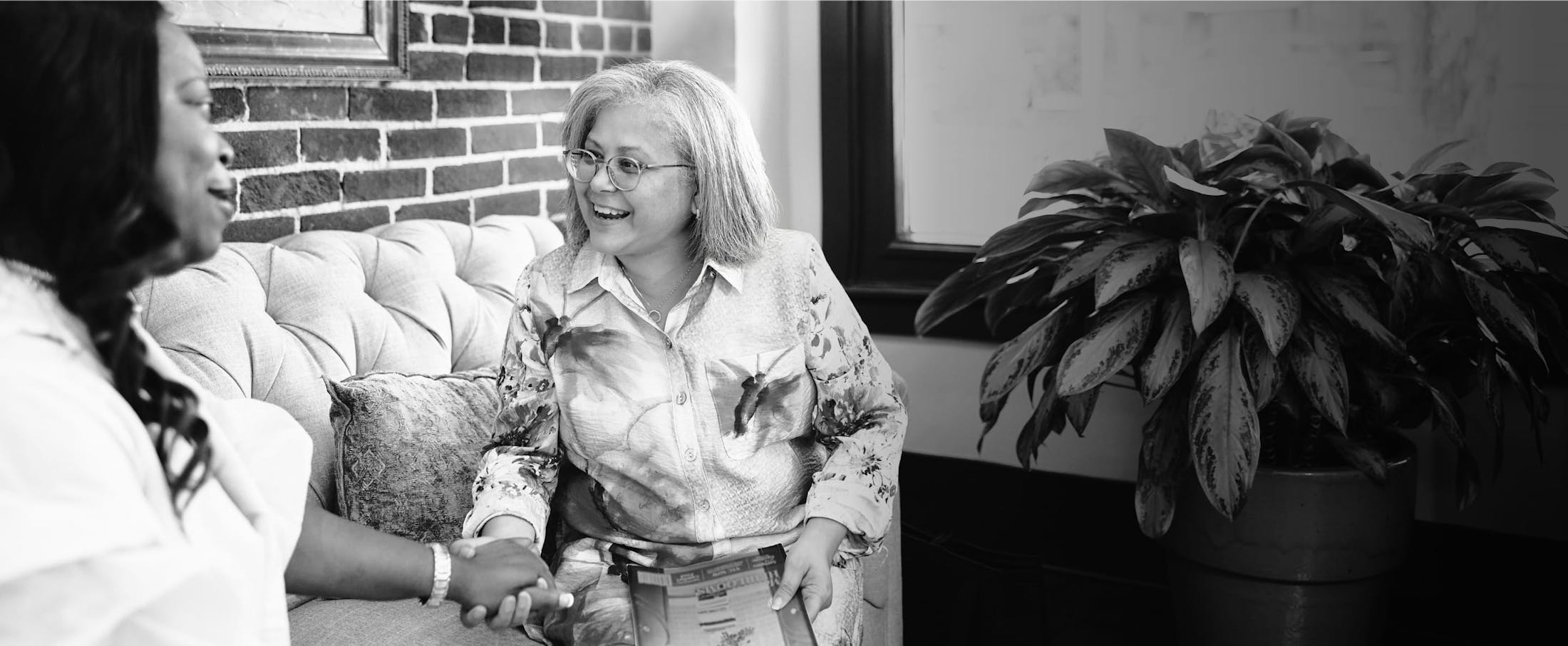By JOHN ZENOR, AP Sports Writer
MONTGOMERY, Ala. (AP) — A federal appeals court is set to hear arguments in the trademark infringement case between sports artist Daniel Moore and the University of Alabama, whose football program is portrayed in a number of his works.
They present their cases to the U.S. 11th Circuit Court of Appeals in Atlanta on Thursday.
The university filed suit in 2005 alleging that Moore violated trademark law in painting scenes from football games by showing Crimson Tide players in their crimson and white uniforms without permission.
The suit also contends that Moore reissued previously licensed prints without paying royalties.
A federal judge’s ruling in 2009 found that Moore’s paintings and prints were protected but that other items — like coffee mugs — weren’t. Both sides appealed.
“The University of Alabama believes the court ruled correctly when it found that Daniel Moore and his company engaged in activities that infringe on the University’s trademarks,” university spokeswoman Deborah Lane said in a statement. “While we regret the necessity of having to involve the courts in this matter, the lawsuit was necessary since UA must protect the value and reputation of our trademarks, name, colors, indicia and logos, by determining who uses them, as well as when and how they are used.”
Moore denied violating trademark laws and said his art constitutes free speech protected by the U.S. Constitution.
U.S. District Court Judge Robert Propst ruled in 2009 that Moore’s paintings did not violate trademark law, but he said Moore’s sale of paintings on mugs, T-shirts and other items did infringe on Alabama’s trademark.
“We loved the district judge’s ruling that said my paintings and large prints have not, do not and will not infringe on the University of Alabama trademarks,” Moore said. “That was the meat and potatoes of the whole suit.
The Birmingham artist calls the products covered in Propst’s ruling “incidental items” that are “a very small part of our business in terms of dollars and cents.
“But they function in ways that promote the art and the artist,” he said.
Moore’s paintings and prints depict some pivotal moments in Alabama sports history, including “The Goal Line Stand” from the 1979 Sugar Bowl against Penn State. He is working on “The Shutout” from last season’s national championship game, a 21-0 victory over LSU.
Moore’s works have also included schools like Auburn, Tennessee and Mississippi and sports figures such as Bo Jackson and Bobby Bowden.
Moore contends it is a free speech issue and that his work depicting players in uniform is protected by the First Amendment “just like Sports Illustrated.”
“There is no difference when you’re documenting and reporting on an event like that,” he said.
Lane said the University of Alabama has licensing agreements with some 600 business owners and that supporters want to buy products “that benefit the university they love rather than an unlicensed competitor.
Schedule a Free Legal Consultation Contact Us
“The university asks that businesses — like (Moore’s) New Life Art — that profit from the university’s name and reputation pay a few cents in licensing fees out of each dollar they receive from the sale of merchandise bearing university trademarks,” she said. “These licensing fees fund academic scholarships for UA students.”
Moore’s attorney, Stephen Heninger, argues that Moore’s works are not covered in trademark law.
“All they are saying is any time anywhere, our marks show, somebody has to pay us,” Heninger said. “And that’s not what trademark law says. What they’re trying to gain here is an expansion of trademark law.
“The law of trademark infringement is if you use somebody else’s mark to try to pass their work off as yours, that’s a trademark violation.”
Heninger said more than 30 law school professors have filed friend of the court beliefs on Moore’s behalf. Alabama has the backing of some 27 universities, which Heninger said are, like Alabama, represented by Collegiate Licensing Company.

